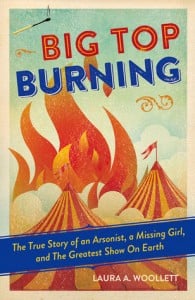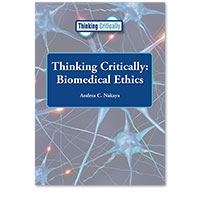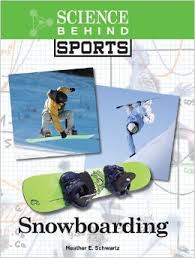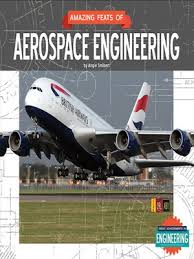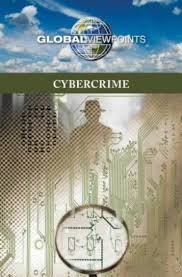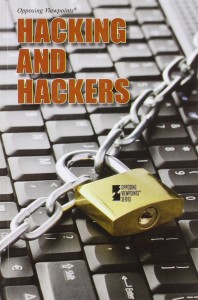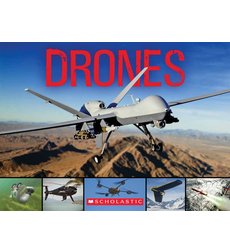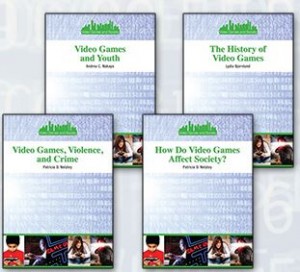Essential Library of World War II. Minneapolis, MN: ABDO, 2016. 112p. $24.95 Grades 5-12.

Edwards, Sue Bradford. The Bombing of Pearl Harbor. 978-162403-7917.
This informational text introduces young readers to the events of December 7, 1941, when Pearl Harbor was bombed by the Japanese. It wisely begins by following the personal story of a 15-year-old seaman touring the U.S.S. Arizona who saw firsthand the destruction caused by the attack and who survived. The text then turns to specifics of the event. Students may be surprised to learn that most Americans wanted nothing to do the war in Europe, not after the devastating effects of “the Great War” and the economic collapse which many attributed to that war. In fact, Franklin Roosevelt won the presidency in part on promises to stay out of the war. Author Edwards reaches to 1853 to explain Japan’s intent in its attack, and its national pride that kept it from acquiescing to U.S. demands. The attack itself is explained in detail. The Japanese imposed silence over radio waves to avoid location of their aircraft, and chose an early Sunday morning knowing the U.S. military would not be fully prepared for retaliation. “The U.S. military in Pearl Harbor was not actively looking for enemy aircraft, and even when someone spotted them, no one realized what they were” (48). First came the aircraft with torpedo bombers, followed by submarines, including “suicide” midget subs piloted by two crewman each, designed to torpedo targets. The two waves of Japanese aircraft and torpedoes caused significant damage, resulting in the deaths of 2,400 American military, injuries to 1,180 more, eight severely damaged battleships, and numerous damaged aircraft. The Japanese intended for the U.S. military to be so devastated that they could not reasonably be involved in the war for several years. In fact, the opposite was true. The attack reversed most Americans’ opinions of entering the war and galvanized them as one for the rationing and sacrifices that would be necessary. Sadly, it also brought about fear and discrimination against Japanese-Americans, and, in February 1942, the internment of Japanese-Americans into ten camps in remote areas of the United States. Edwards ends the book with a chapter summarizing the effects of the Pearl Harbor attack. Timeline, Facts, Glossary, Resources, Source notes & Index comprise pages 98-111.
This is a reasonable choice to cover the Pearl Harbor attack. The text can be read by middle or high school students. Edwards gets a bit bogged down in details at times, oddly leaving out results such as the specific losses of military craft and life. With all of the emphasis on the Japanese planning, it seems an oversight that Edwards doesn’t mention that the Tokyo Trials named the attack a war crime.
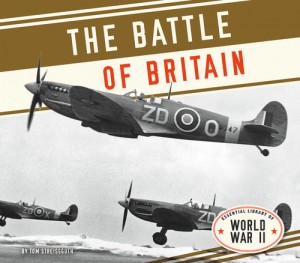
Streissguth, Tom. The Battle of Britain. 978-162403-7900.
Streissguth writes an inspiring account of the Battle of Britain and its impact on World War II. He shares how Britain’s manufacturers scrambled to produce Spitfires and Hurricanes, and how the Royal Air Force scrambled to train individuals to pilot these planes. Churchill shines through as the exceptional leader he was. In his words, “Never in the field of human conflict was so much owed by so many to so few” (14). Indeed, the fighter pilots risked and lost their lives at alarming rates as Hitler pounded Great Britain with bombs throughout the summer and autumn of 1940. Hitler wished to remove the British air force as a threat, and thus have no resistance in its expected ground assault. That never happened. Eventually, Germany unwisely moved to bomb civilian targets, which saved air fields and which galvanized the British to resist and fight harder. In eight chapters, Streissguth presents the plans for war on both German and British sides, the Battle of Britain, and the post-battle outcome, including the London Blitz. Accompanied by period black and white photographs and sidebars of individual events or achievements, this book will help anyone to appreciate the severity of the attacks. Recommended. Timeline, Facts, Glossary, Resources, Source notes & Index comprise pages 98-111.
These are two of ten titles in the Essential Library of World War II series, all published in 2016. Other titles include: The Battle of Britain, The D-Day Invasion of Normandy, The Dropping of the Atomic Bomb, Native American Code Talkers, The Tuskegee Airmen, Women on the US Home Front, World War II Espionage, World War II Leaders, and World War II Weapons.
940.54 World War II Melissa Scott, Shenango High School
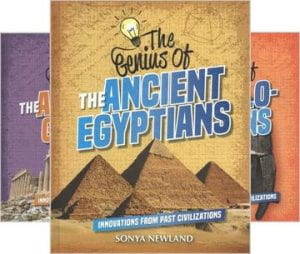 Genius of the Ancients. Crabtree, 2020. $20.75 ea. $166.00 set of 8. 32 p. Grades 3-6.
Genius of the Ancients. Crabtree, 2020. $20.75 ea. $166.00 set of 8. 32 p. Grades 3-6.


